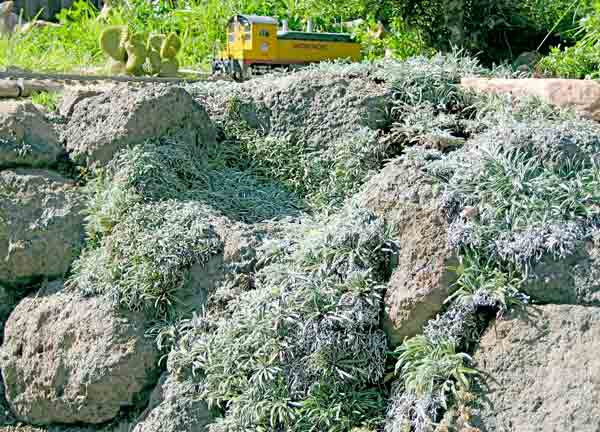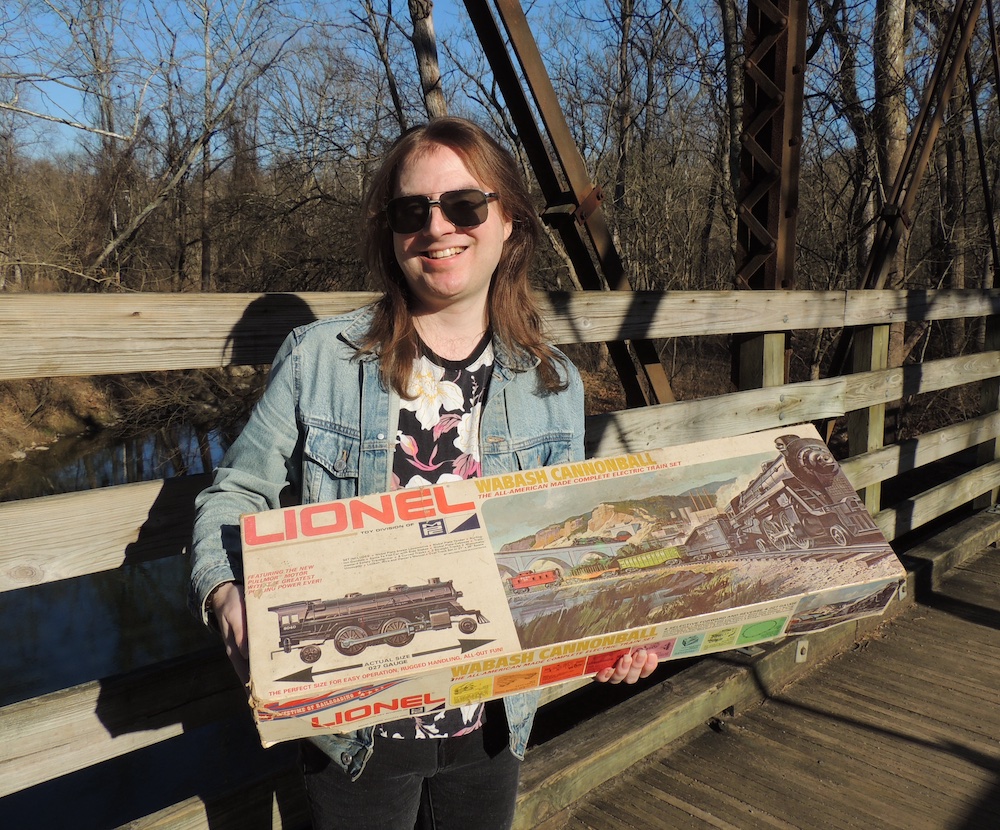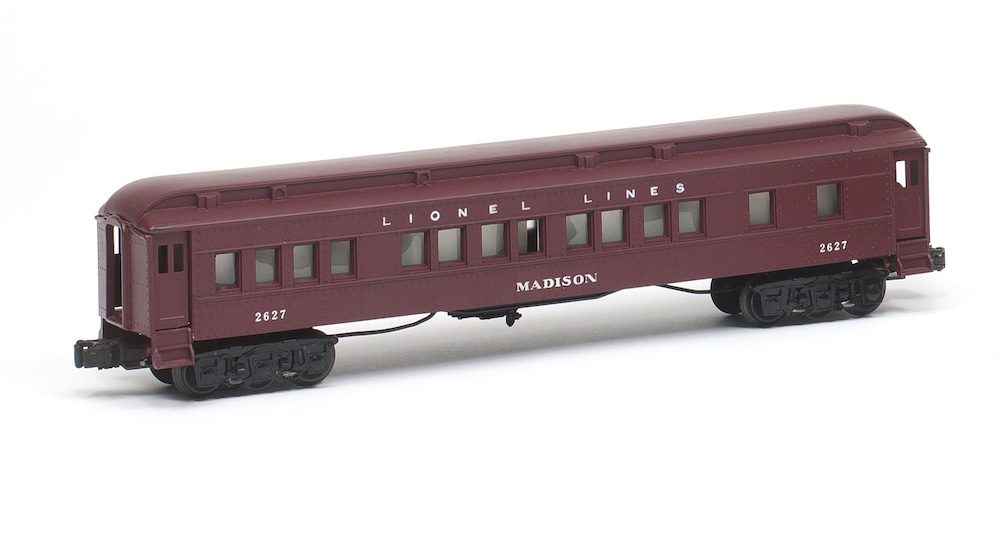Latin name: Dymondia margaretae
Plant type: Groundcover
USDA Hardiness Zones: 9-11
Cultural needs: Full sun to part shade; well drained, sandy soil
Plant size: 1-2″ high, spreading slowly
Dymondia margaretae is usually just called dymondia, because it’s the only species of a genus from South Africa. As a member of the daisy family, stemless yellow daisies hug the carpet during mid summer. This semi-evergreen, tropical groundcover, also called silver carpet, is not to be confused with temperate silver-gray groundcovers like Stacys sp. (lambs’ ears) and Cerastium tomentosum (mouse ears), which are also known as “silver carpet.” For those who garden in Zones 9-11, dymondia, planted in the right location, serves to halt erosion on hills and will cover the ground for a lawn or between stones for medium foot traffic. This xeric carpet takes at least six months to fill in when plugs are planted 6″ apart (slow growing but don’t plant near track). Deer reportedly resist snacking, but gophers love the fat, underground rhizomes. Rabbits may find it difficult to munch on leaves pressed to the earth. The best place to grow dymondia is in a sunny, sloped location or one that freely drains. Although it needs weekly watering in hot summers, too much water spreads disease. In the photo a retaining wall planted five years earlier has a solid stair mat to get to the top. The dense growth also makes a comfy seat from which to view trains.














